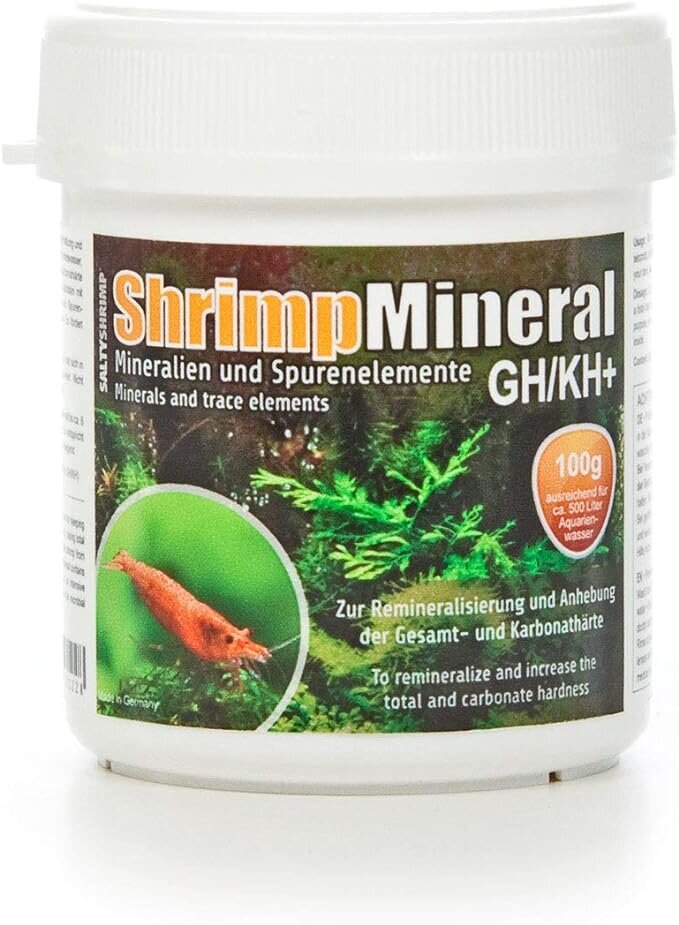Jamsim
New Member
Hey everyone,
I have been following a website called aquascapeguide.com where they recommend using Seachem equilibrium to remineralize the water and to obtain the correct gH. For the kH they recommended Baking soda (like arm and hammer).
I have been researching on various threads here and can see that using Seachem equilibrium and baking soda is not recommended.
To give you some context,
My tap water hardness is 15 dH and alkaline. According to the water report the pH is 7.3, Calcium is 95 mg/l and Magnesium is 8.8 mg/l
My RO water has 0 TDS.
I am planning on making my own EI method and realized that if I used mgso4 it would increase my gH over time before my next water change.
So, the question is... what is the best way to remineralize water to obtain the correct water parameters to grow plants and to have fish, snails, and shrimp. I am assuming these values would be around 4 gH and 4 kH? Please enlighten me I would love some guidance.
I would love some guidance.
Ive attached the EI calculation ive made.
Thanks!
James
I have been following a website called aquascapeguide.com where they recommend using Seachem equilibrium to remineralize the water and to obtain the correct gH. For the kH they recommended Baking soda (like arm and hammer).
I have been researching on various threads here and can see that using Seachem equilibrium and baking soda is not recommended.
To give you some context,
My tap water hardness is 15 dH and alkaline. According to the water report the pH is 7.3, Calcium is 95 mg/l and Magnesium is 8.8 mg/l
My RO water has 0 TDS.
I am planning on making my own EI method and realized that if I used mgso4 it would increase my gH over time before my next water change.
So, the question is... what is the best way to remineralize water to obtain the correct water parameters to grow plants and to have fish, snails, and shrimp. I am assuming these values would be around 4 gH and 4 kH? Please enlighten me
Ive attached the EI calculation ive made.
Thanks!
James
Attachments
Last edited by a moderator:



